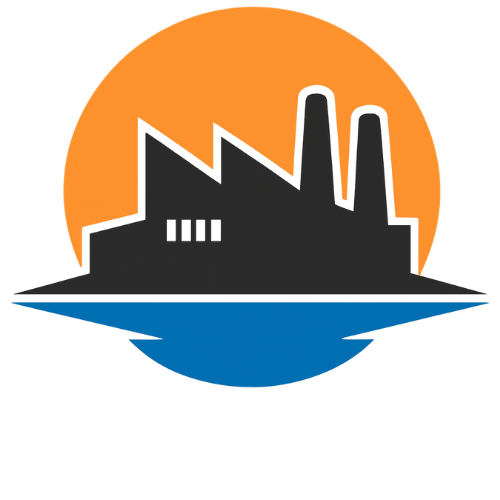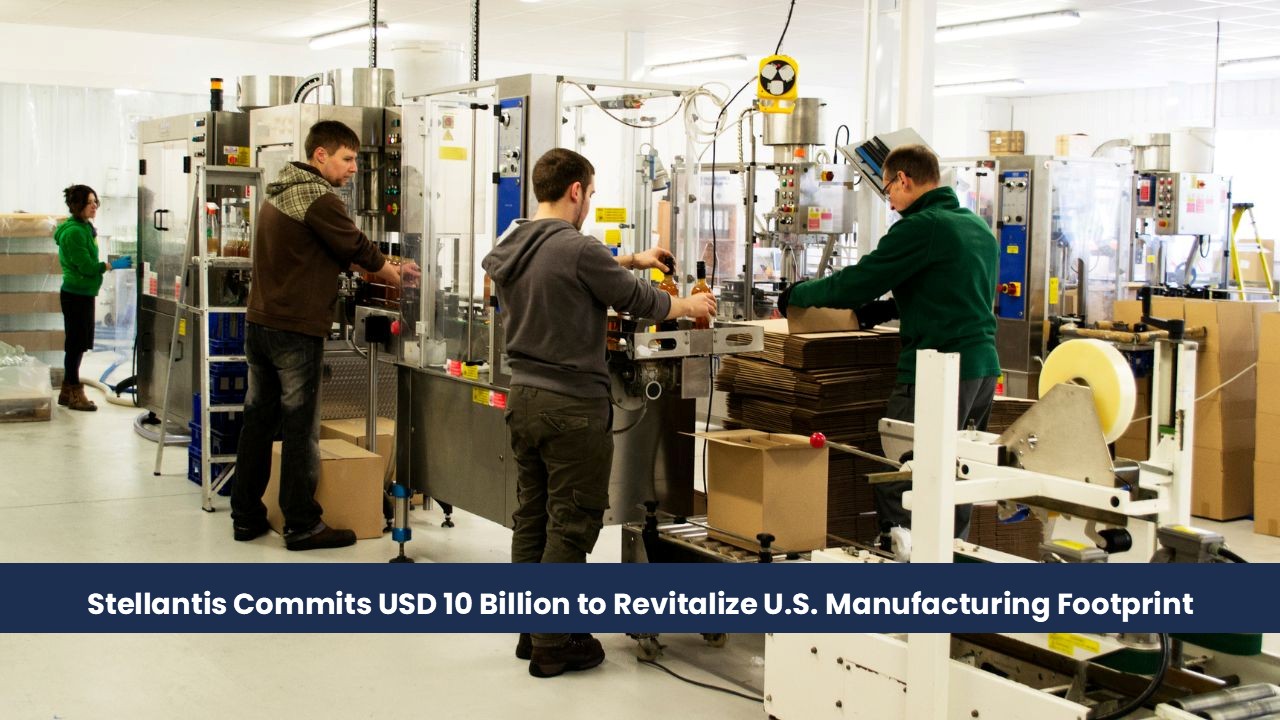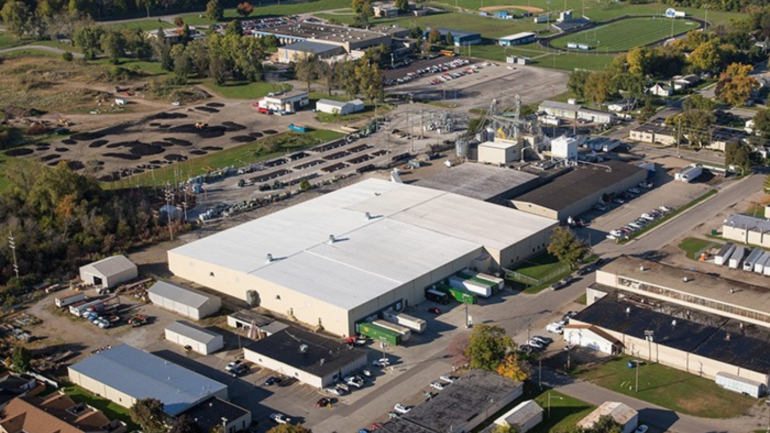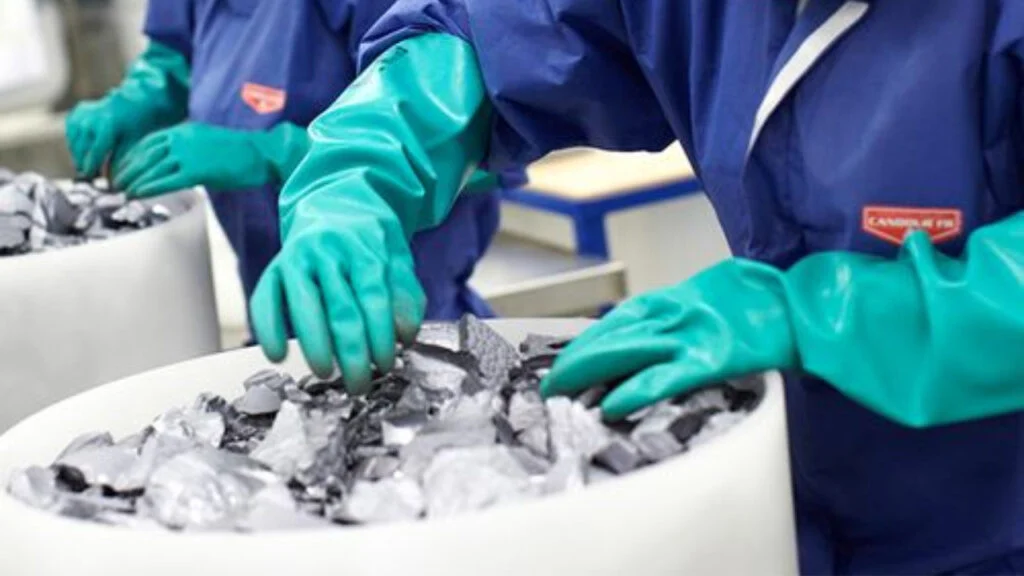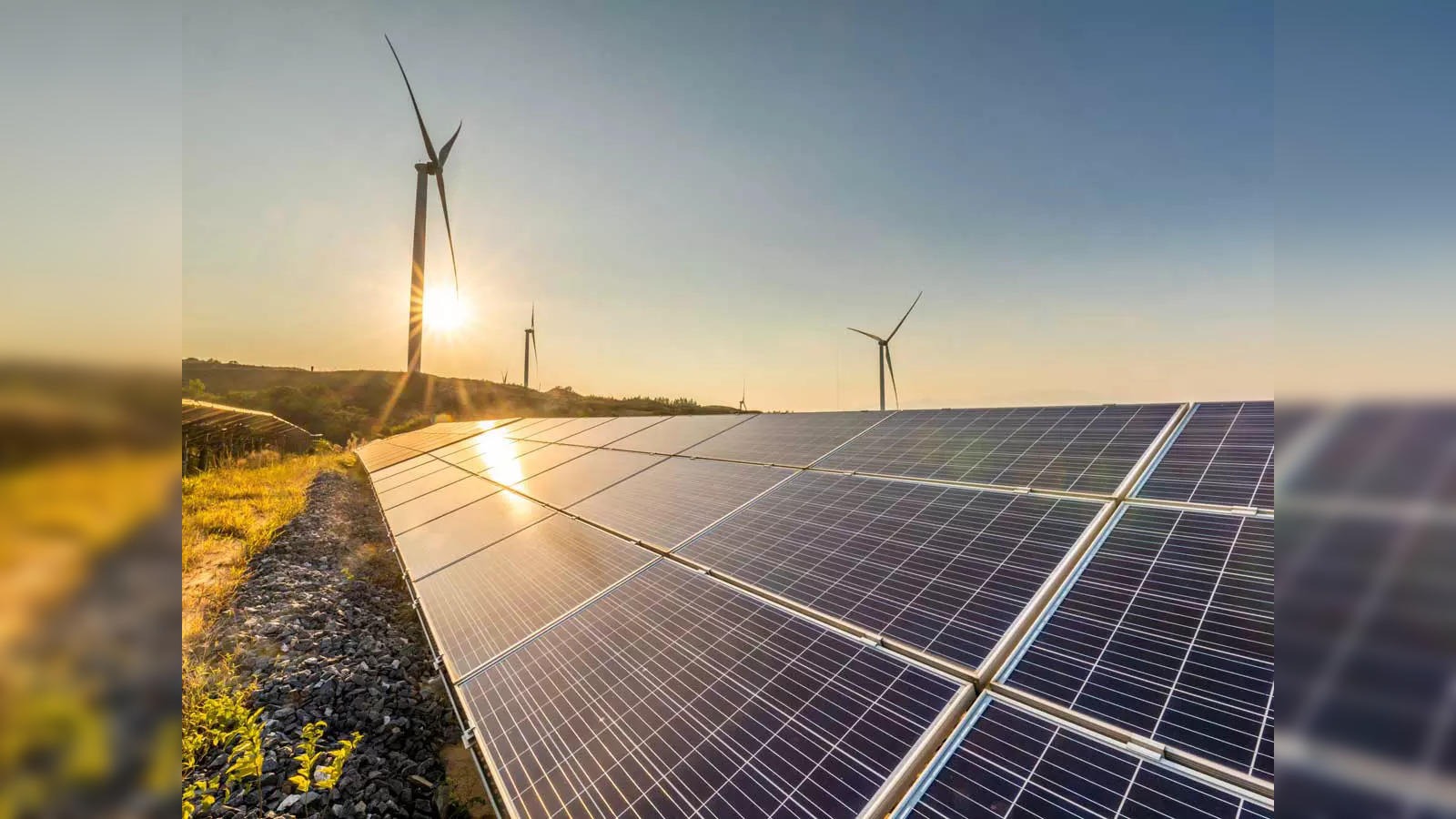Key Takeaways
- Stellantis is channeling USD 10 Billion into its U.S. operations, including USD 5 Billion in new investment.
- Funds will target factory reopenings, workforce expansion, and new vehicle launches in Illinois and Michigan.
- The move signals CEO Antonio Filosa’s shift toward North American growth while scaling back European commitments.
- Stellantis is engaging with U.S. unions and lobbying against potential 25% tariffs on Mexican-built Ram pickups.
Major Expansion Aimed at Restoring U.S. Market Strength
Stellantis NV, the multinational automaker behind Jeep and Ram, is preparing to invest USD 10 Billion in its U.S. operations. The initiative, expected to roll out over several years, reinforces the company’s commitment to its most profitable market. Sources indicate the announcement will include an additional USD 5 Billion in new capital, complementing earlier pledges from 2025.
The funds will focus on modernizing American plants, reopening facilities in key automotive hubs like Illinois and Michigan, and supporting the launch of new vehicle models. These include potential Dodge V8 muscle cars and new entries for the Chrysler and Jeep brands, both of which are central to Stellantis’ U.S. strategy.
This renewed domestic push arrives as the automaker navigates competitive pressure, tariff uncertainty, and ongoing discussions with labor unions.
A Strategic Shift Under CEO Antonio Filosa
Antonio Filosa, who assumed the CEO role in May, is leading a broad reassessment of Stellantis’ global investment portfolio. His leadership marks a turn from the previous strategy under Carlos Tavares, which prioritized cost efficiency and European production.
Filosa’s plan redirects funds toward U.S. operations while scaling back involvement in several European ventures, including a hydrogen mobility project. He has also brought in McKinsey & Co. for brand strategy support on Maserati and Alfa Romeo.
This repositioning reflects Filosa’s aim to rebuild Stellantis’ market share in North America, where the company has faced declining performance and increased competition from domestic and international rivals.
Union Engagement and Tariff Challenges
The new investment could help Stellantis reopen the Belvidere, Illinois plant, bringing back around 1,500 workers and producing a new midsize pickup truck. These plans are aligned with ongoing discussions with the United Auto Workers (UAW), which has pressed the automaker to revive idle facilities and secure U.S. jobs.
Meanwhile, Stellantis is lobbying against proposed tariffs on vehicles imported from Mexico. The 25% levy, if enacted, could sharply raise costs for Ram pickup models produced across the border. Executives have reportedly held talks with the Trump administration and lawmakers, seeking policy relief that would preserve manufacturing flexibility.
Broader Industry Context
Stellantis’ announcement follows a wave of large-scale industrial investments across the U.S. Hyundai Motor Group recently expanded its U.S. commitment to USD 26 Billion by 2028, and European pharmaceutical companies have pledged billions toward American production.
For Stellantis, the move underscores a deliberate pivot to fortify its U.S. operations, mitigate exposure to European demand slowdowns, and respond to political momentum favoring domestic manufacturing.
